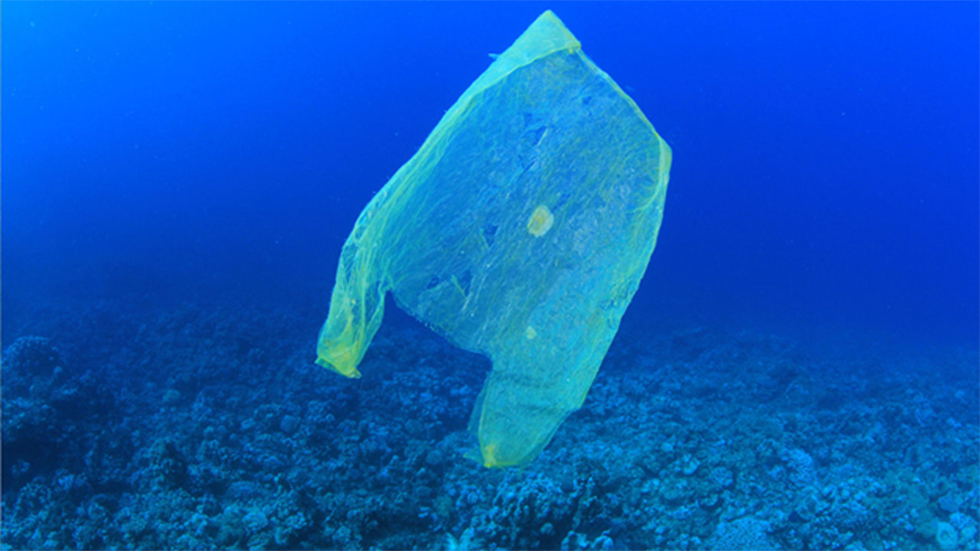#STOTW
Contrary to what most people may think, throwing away garbage does not actually mean that the trash goes “away”. While the objects you throw away may no longer be in sight, they do not stop existing on this planet unless they biodegrade or are incinerated at a landfill facility. However, a lot of trash that is thrown out is made of plastic, which is non-biodegradable. It has been estimated that there will be more plastic in the ocean than fish.
So how does garbage accumulate in the oceans?
The wind controls oceanic currents across the globe. Some locations are called gyres that are “large scale system[s] of wind-driven currents in the ocean”. When garbage enters the ocean it can get caught within these currents and it can take about ten years for objects to cycle back out.
Why is this a problem?
Since it takes so long for trash to cycle out of these gyres, there is an increased possibility of these items beings consumed by marine life or sinking to the ocean floor. Plastic can absorb toxic chemicals which are released as the trash degrades. If a small fish eats this plastic, the toxins do not only affect that single fish; the toxins are still released when that smaller fish is eaten by a bigger fish, and those same toxins could end up in your home if you end up eating that larger fish.
How do we stop this from happening?
No method has made a lasting impact on actually removing plastic from the ocean. Fortunately, there are many ways that you can prevent plastic from getting into the ocean in the first place. Switching from single-use plastics to reusable, non-plastic items is an effective option. This means choosing canvas bags over single-use plastic bags at the grocery store and bringing your own silverware to food courts instead of using the plastic utensils. Also, you can ask your waiter or waitress not to give you a straw with your drink when you eat at a restaurant. Finally, avoid beauty products that contain microbeads— small plastic pieces that are used to exfoliate your skin. Once washed down the drain, they can pass through filtration systems and enter the environment. All of these steps can help reduce the amount of plastic pollution.
The following list contains alternatives to plastic products and packaging:
- Bee’s Wrap— food storage
- Lush Cosmetics— beauty products without microbeads and a container recycling program
- Byrne Dairy—glass milk bottles
Written by Michaela Burrell, Class of 2020
Photo Source: Wikimedia Commons



